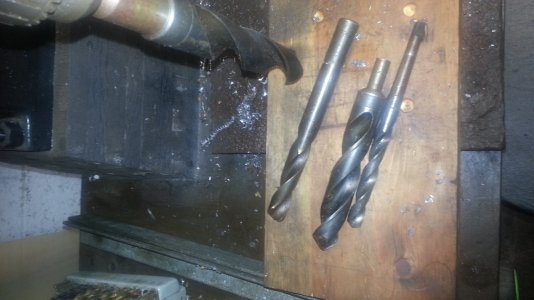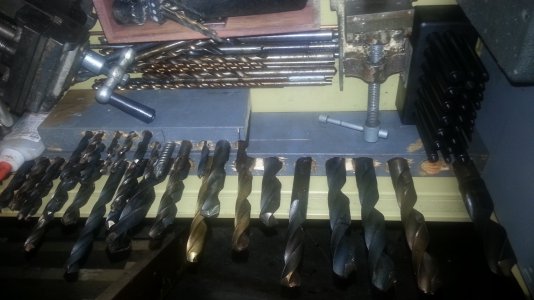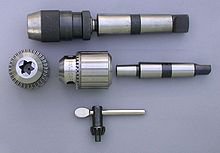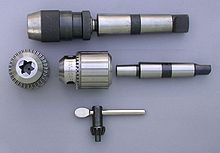- Joined
- Aug 31, 2015
- Messages
- 33
Maybe this is a foolhardy or hopeless
 question but I am looking for the best solution I can find.
question but I am looking for the best solution I can find.
I bought a bag of used assorted drill bits for $20 from Craigslist. I have a very limited income so I was happy to get them. the problem I am running into is many of the bits don't fit my 1/2 inch jacobs chucks. some of the bits were turned or ground down with a rough finish to fit by a previous owner. I have a small 8x12 hft lathe but I don't dare put the twist end of the drill bit in the 3 jaw lathe Chuck.
I know there are larger jacobs chucks and fittings for tapered drill bits but they are as good as unobtainable for the time being.
so my question is how does one go about turning down the shank of a drill bit or making an adaptor?

 question but I am looking for the best solution I can find.
question but I am looking for the best solution I can find. I bought a bag of used assorted drill bits for $20 from Craigslist. I have a very limited income so I was happy to get them. the problem I am running into is many of the bits don't fit my 1/2 inch jacobs chucks. some of the bits were turned or ground down with a rough finish to fit by a previous owner. I have a small 8x12 hft lathe but I don't dare put the twist end of the drill bit in the 3 jaw lathe Chuck.
I know there are larger jacobs chucks and fittings for tapered drill bits but they are as good as unobtainable for the time being.
so my question is how does one go about turning down the shank of a drill bit or making an adaptor?


